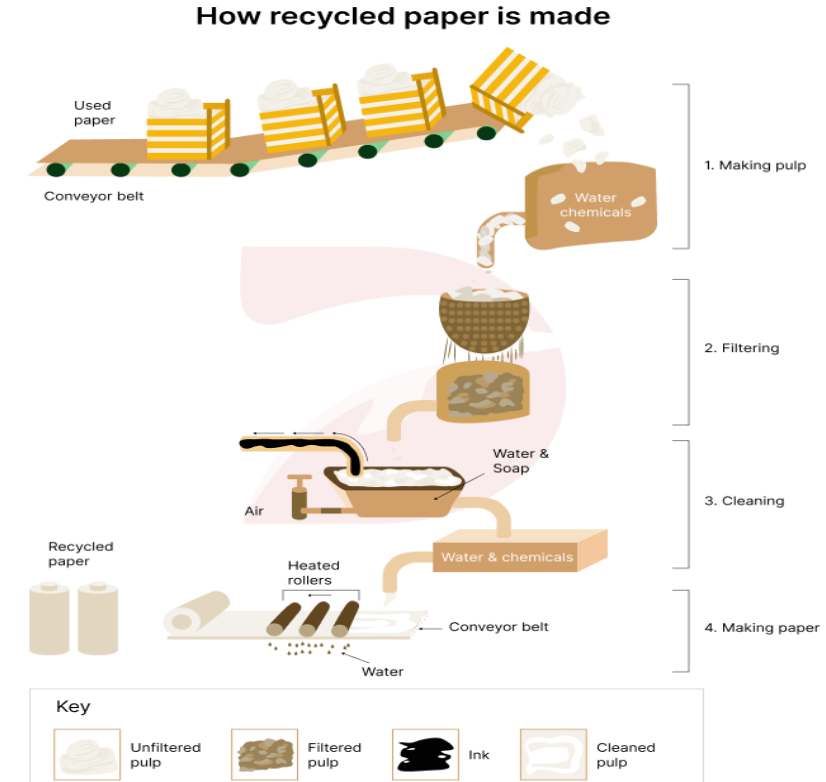
Model answer by Lifestyle Training Centre
Click the text for pronunciation
List of Vocabulary with Their Meaning
Here are some study tips to improve your writing, especially for a task like describing a process diagram:
1. Understand the Process
Before you start writing, ensure you have a clear understanding of the process you’re describing. In this case, the process of producing recycled paper has several stages.
- Tip: Break down the process into distinct stages (e.g., pulp creation, filtering, cleaning, production). This makes it easier to describe in an organised manner.
2. Use Clear and Concise Language
Avoid unnecessary jargon and overly complex sentences. The goal is to explain the process clearly.
- Tip: Focus on simple and precise verbs like “sent”, “filtered”, “cleaned”, and “produced” to describe the actions in each phase.
3. Highlight Key Phases
Identify and mention the key phases of the process in your writing. This helps the reader follow along easily.
- Tip: In your introduction, mention the total number of stages involved. For example, “The process consists of four main stages…”
This gives a roadmap to the reader, so they know what to expect.
4. Use Transition Words to Maintain Flow
Use transitions like “Firstly”, “In the second phase”, “Subsequently”, and “Finally” to smoothly move from one stage to another.
- Tip: These phrases help structure your writing, guiding the reader through each phase step-by-step.
5. Delve into Specifics
When describing each phase, mention key actions and tools involved. For example, in the recycling process, the paper is mixed with water and chemicals.
- Tip: Include specifics like “a tank on a conveyor belt”, “water and chemicals”, and “heated rollers” to provide a more vivid image of the process.
6. Focus on Cause and Effect
Ensure you explain how each phase leads to the next. This helps establish a logical flow between stages.
- Tip: For example, “In the second phase, the pulp is filtered with the help of a filter. The next step involves cleaning the filtered pulp.”
7. Avoid Redundancy
Be careful not to repeat the same information in different phases.
- Tip: Instead of saying “filtered pulp” and “cleaned pulp” repeatedly, use varied vocabulary like “treated pulp” or “refined pulp”.
8. End with a Summary
Conclude by summarizing the final outcome.
- Tip: In the final phase, restate the end result clearly. For example: “In the final phase, the cleaned pulp is processed into rolls of recycled paper.”
9. Proofread for Clarity
After writing, always proofread to ensure that everything is logically organised and clear.
- Tip: Ask yourself: Does each sentence clearly describe what happens in the phase? Are the transitions smooth?
Final Tip:
Practice makes perfect! The more you write and revise your process descriptions, the more natural it will become.
Free admission and English Courses. കാശ് കൊടുക്കാതെ അഡ്മിഷൻ. FREE ഇഗ്ലീഷ് കോഴ്സുകൾ. ഈ ഓഫർ നേടൂ. Contact us at +91 9886926773 പ്രോസസ്സിംഗ് ആയാസകരം.

New batch is open. Join today!

Ready to study abroad or master OET, PTE, IELTS, Duolingo, Phonetics, or Spoken English?
📞 Call us now at +91 9886926773
📱 Call/WhatsApp/Text: +91 9886926773
📧 Email: mail@goltc.in
Visit us in person by following the directions on Google Maps. We look forward to welcoming you to the Lifestyle Training Centre.
Follow Lifestyle Training Centre on social media:
Thank you very much!
IELTS Academic Writing Task 1 Types
Explore and prepare for different chart types used in IELTS Task 1
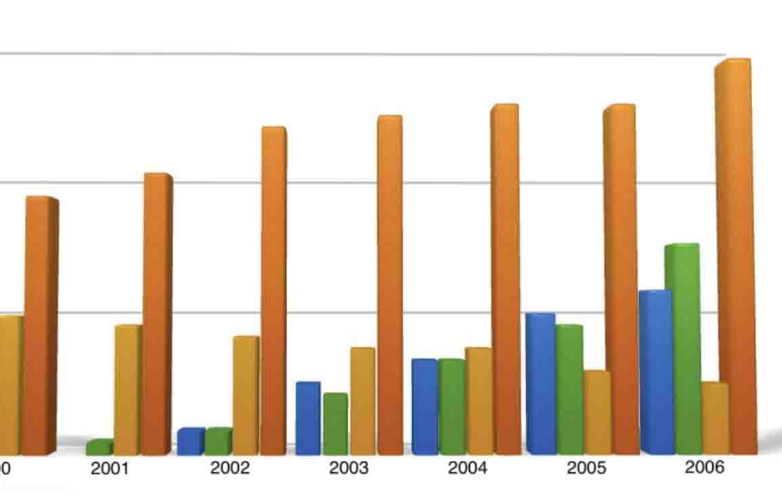
IELTS Bar Charts
Understand how to interpret and describe bar charts in task 1.
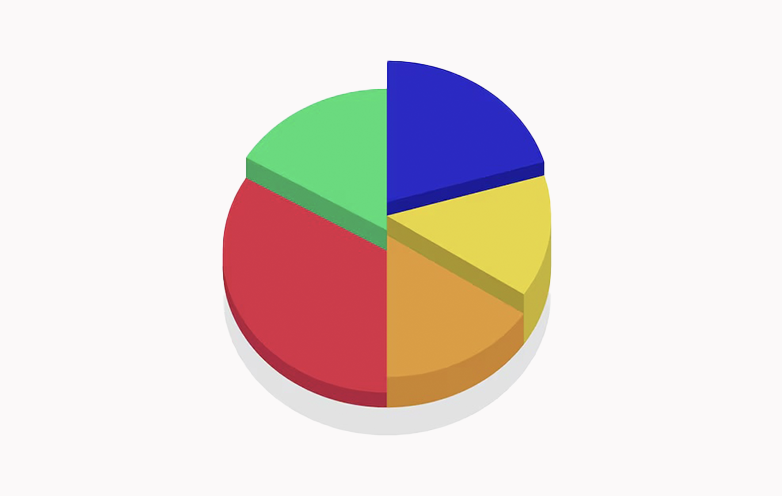
IELTS Pie Charts
Learn the techniques for describing pie charts in detail.

IELTS Line Graph
Get tips on how to describe trends using line graphs.
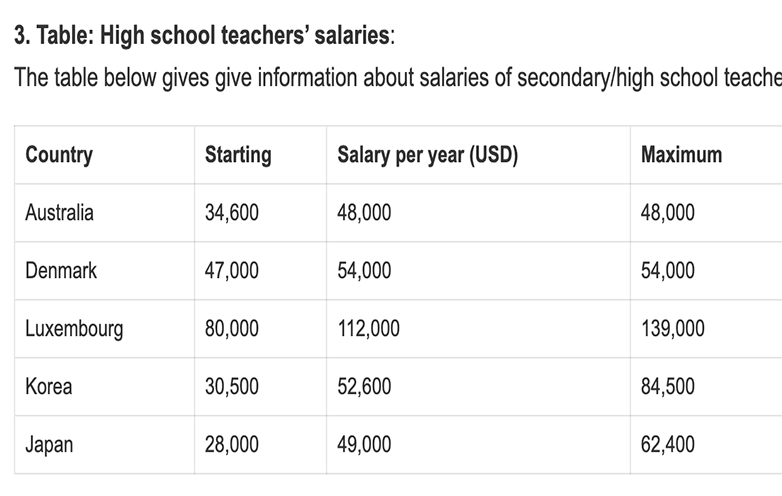
IELTS Table
Master the skills to describe tables in academic writing.
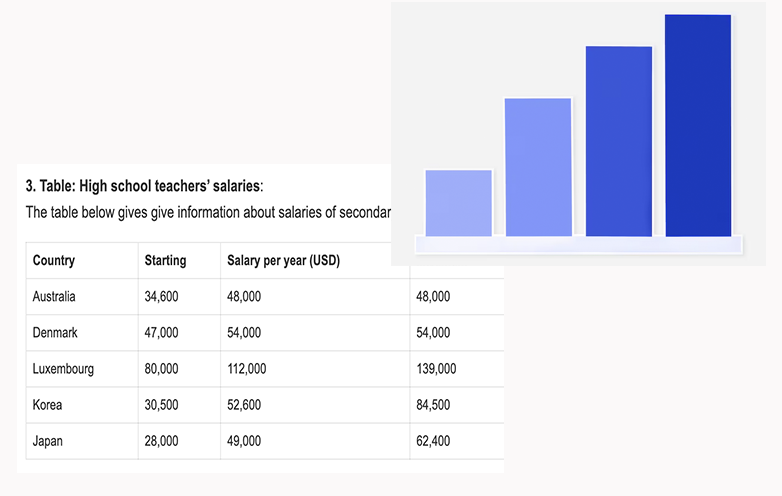
IELTS Bar Chart + Table
Learn how to combine bar charts with tables in task 1 responses.

IELTS Maps
Explore how to describe maps and geographical changes.

IELTS Process Diagram
Understand how to write about process diagrams step by step.
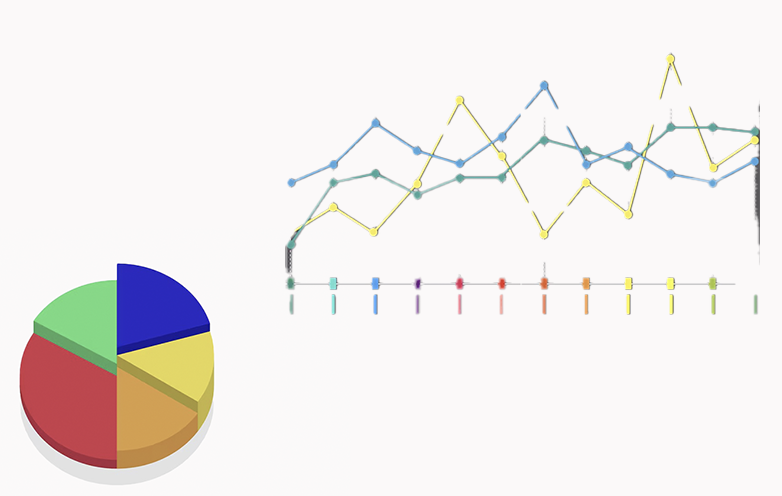
IELTS Bar Chart + Line Graph
Learn how to integrate bar charts with line graphs.
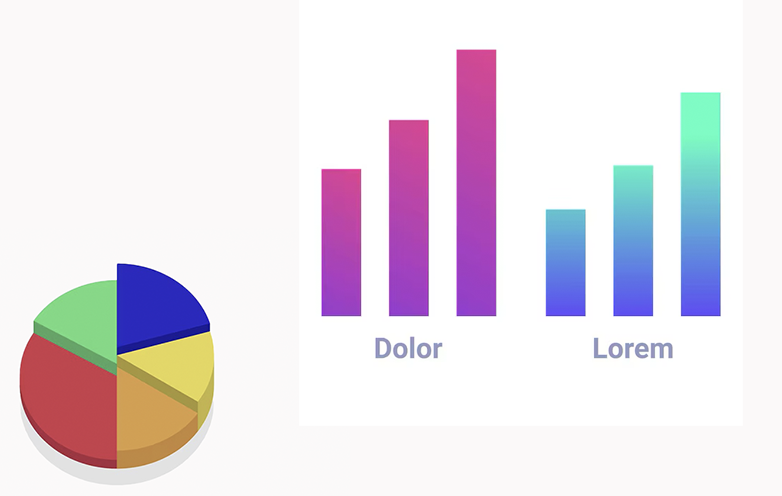
IELTS Bar Chart + Pie Chart
Master combining bar charts with pie charts in task 1.
